Spoiler for this article:.
- Shortening of telomeres, the "candle of life," is one of the factors in aging.
- Telomerase prevents telomeres from shortening.
- ashwagandha (type of Indian cactus)contributes to anti-aging by activating its telomerase!
."ashwagandha (type of Indian cactus)has an anti-aging effect?"
Anti-aging potential."supplementI'm looking for."
Searching for "telomerase activity, easy."
What is ashwagandha in the first place?

ashwagandha (type of Indian cactus)(scientific name: Withania somnifera Dunal) has been used for thousands of years in Ayurveda, the traditional medicine of India, to treat both physical and mental health problems.stressThe herb has been used as an effective medicine, tonic, and even aphrodisiac.
Nowadays, the effectiveness of these products has been proven by modern science through various clinical studies, and they are attracting attention.
The fruit is an evergreen shrub of the eggplant family. The name comes from the horse's (ashwa) smell (ganda).
Some say it is named after the robust vigor of horses.
▼Recommended Articles

What is telomere/telomerase?
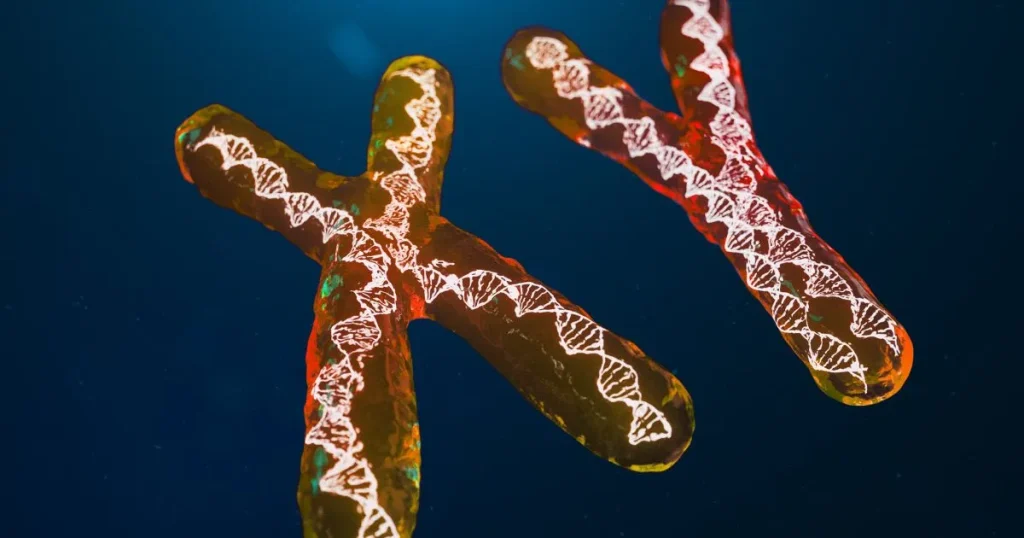
We would like to introduce you to theWithania somnifera Root Extract Enhances Telomerase Activity in the Human HeLa Cell Line (trans:ashwagandha (type of Indian cactus)root (of a tooth, hair, etc.)essenceEnhanced telomerase activity in human HeLa cell line byThe study is called "(1).
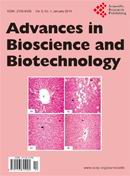
In a nutshell.ashwagandha (type of Indian cactus)activates the action of "telomerase" (a protein that prevents aging)!The study is called.
Decreased telomeres = Aging and reduced healthy life expectancy

Telomere DNA refers to the DNA (genetic information) found at the ends of cells (outside the cell nucleus).
Normally, this telomere DNA shortens progressively as we age.
And its shortening,Determine the aging process, and even healthy life expectancy itselfIt has been suggested that
Telomeres are also known asThe candle of life".
."Aging occurs when telomeres shorten.That is to say.
So, roughly speaking, thisLonger telomeres = younger body.That is to say.
(Shortened telomeres are one factor in aging.)
Predicted disadvantages about aging
- Decreased physical and psychological capacity
- Increased likelihood of disease or disability
- immunityDecrease in
- Decreased skin quality
- muscle strengthDecrease in bone density
- cognitive abilityand ... andmemoryDecrease in
Aging comes to everyone, but if it can be slowed down, so much the better.
This shortening of telomeres is prevented by the "telomere shortening" described in the next section.telomeraseIt is a protein called
Telomerase stops telomere loss.

Telomerase is located at the ends of DNA,Extends the life of cellsProtein for.
In other words, the aforementionedStops telomere loss and prevents agingis the action of telomerase.
In order for humans to live, DNA replication is necessary for cell division.
However, during this DNA replication, the end of the DNA strand is cut off,With each cell division, this DNA strand is shaved off a little bit at a time.
The DNA chain (Deoxyribonucleic acid chain) is the molecule that records the genetic information in living organisms.
Telomerase prevents this shortening of the DNA strand,Duplicate the end of the DNA strandBy doing,It can prolong the life of cells.
So the ends of the DNA strand that are cut off during cell division are supplemented by replication by telomerase.
Maintenance of telomeres and telomerase is essential to slow aging and maintain a healthy lifespan.
Keep the body young = keep telomeres long.
And,It is this telomerase that keeps telomeres long.The following is a list of the most common problems with the
."ashwagandha (type of Indian cactus)may be effective in activating the action of this telomeraseThis study was called "The

Incidentally, earlier than this experiment, usually a precursor to positive results in humans, "nematodeAlso in ",ashwagandha (type of Indian cactus)Telomerase activity was enhanced inThis paper states.
Why nematodes are excellent laboratory animals
- Approximately 40% of the genetic information has a common function with that of humans
- Low cost of experimentation
- Body structure is simple and easy to handle
Generally speaking, "If you get good results with nematodes, you're likely to get equally good results with humans.It is considered to be a "good idea.
Description of experiment: Soak human HeLa cell lines in various concentrations of ashwagandha root extract.

This study is about human cells,ashwagandha (type of Indian cactus)Efficacy of improving telomerase activity by ingestion ofVerification of the
Methodology.in vitroWe have selected cell cultures of
in vitro: An experiment conducted in an artificially created environment in a laboratory.
In essence, the image is that of verification with cells in a test tube, not actual organisms.
Outline of Experiment
- Human HeLa cell line (research cells)
- Maintained in humidified incubator (37˚C)
- Cells can be exposed to various concentrations ofashwagandha (type of Indian cactus)root (of a tooth, hair, etc.)essence(in Japanese history)KSM-66Treatment for 72 hours at
The above "various concentrations" are 10 µg, 50 µg, 100 µg, 500 µg, 5 mg
*μg=microgram. 1/1,000,000 times of "gram".
In various concentrations,ashwagandha (type of Indian cactus)andEffects on telomerase activity in human HeLa cell lines.The following is a verification of the

Sorry, the details of this 72 hour process areIt is too technical to explain here.
If you are interested, please read the original. Personally, I recommend translating it with Deepl.


Results of experiment: Ashwagandha may increase telomerase activity
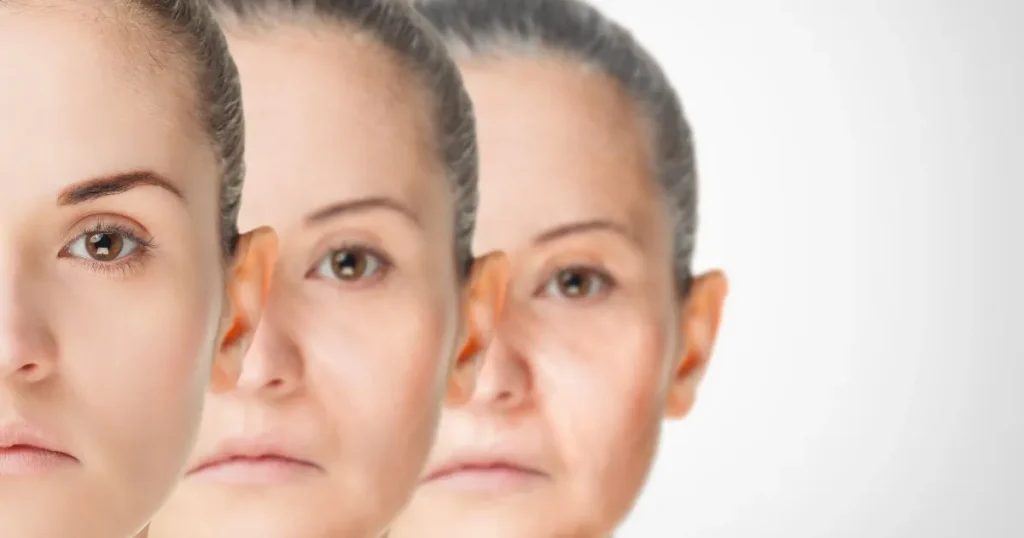
With the results of this study, the researchers found that "the Ayurvedic medicinal herbashwagandha (type of Indian cactus)root extract may enhance telomerase activity."The company is committed to
Human HeLa cells at various concentrations ofashwagandha (type of Indian cactus)root (of a tooth, hair, etc.)essencemeasured with the established Telomerase Rapid Amplification Protocol (TRAP) assay when treated withTelomerase activity increasesIt was shown that
By the way.ashwagandha (type of Indian cactus)root (of a tooth, hair, etc.)essencehas the highest telomerase activity at concentrations of 10-50 μg,Approx. 45Increased
."supplementSo, say, how much is appropriate to drink?" You may wonder.
Overall, I think that "Manufacturer's recommended intake (600 mg/day in most cases)It is recommended to protect "the

Like this,ashwagandha (type of Indian cactus)root (of a tooth, hair, etc.)essencehas the potential to enhance telomerase activity in HeLa cell lines and induce anti-aging.
Incidentally, in its bare form, the telomerase activity in the body is "extremely lowand this research paper states.
In other words.ashwagandha (type of Indian cactus)By continuous intake ofIncreased likelihood of maintaining a younger body than normalThat is to say.

Being able to maintain youthfulness can help reduce the risk of age-related adult diseases and prolong healthy life expectancy.
ashwagandha (type of Indian cactus)has a variety of beneficial effects other than anti-aging, so please consider taking it.
Actual example: my (38 year old) body using Ashwagandha for 4 years.

Here, for four years actually.ashwagandha (type of Indian cactus)Here is my own body drinking the
At this point, I am not sure if I amashwagandha (type of Indian cactus)I've been taking the "K" series for 4 years now, and it's getting tighter and tighter instead of fading away 😀.
At my new job, I was asked if I was 38 years old.I thought he was about 25.I have very good memories of being able to say.
No matter, I am happy to have a wonderful place to work 🤗
Summary: Ashwagandha is effective in preventing aging.
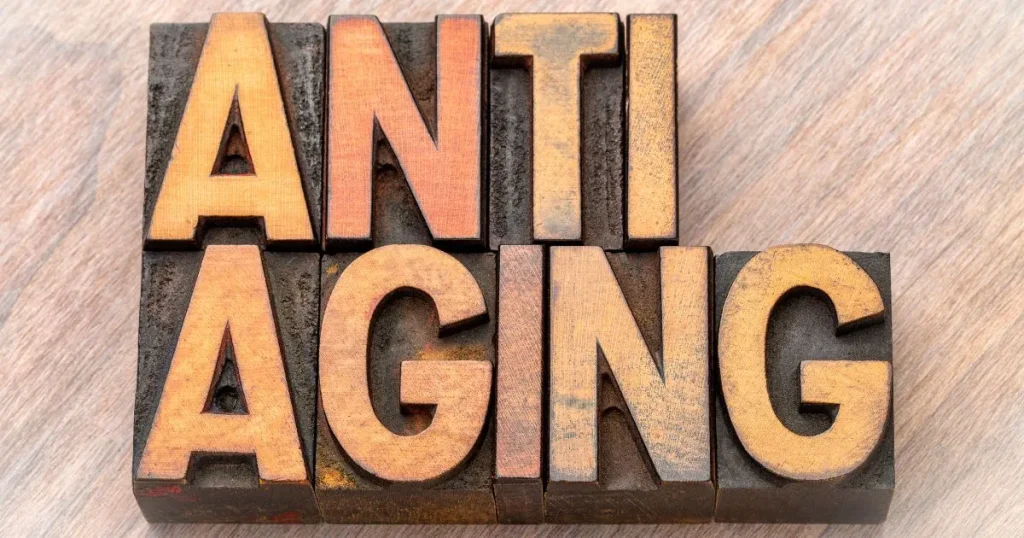
How was it? I would like to conclude this article by summarizing the main points of this article.
Summary: Ashwagandha is effective in preventing aging.
- Shortening of telomeres, the "candle of life," is one of the factors in aging.
- Telomerase prevents telomeres from shortening.
- ashwagandha (type of Indian cactus)contributes to anti-aging by activating its telomerase!
This time,ashwagandha (type of Indian cactus)root (of a tooth, hair, etc.)essencehas been shown to enhance telomerase activity in the HeLa cell line.
ashwagandha (type of Indian cactus)and continued consumption of the "Mere Old Man" can be expected to maintain a younger body and healthy life span longer than that of a normal person.
If you are interested in this article, please consider and take advantage of it.
Disclaimer
This site is primarily intended toashwagandha (type of Indian cactus)to provide information about the results of the study and not to provide medical advice.
It is not intended to diagnose, treat, or prevent any specific disease or condition.
Always follow professional advice when using the information on this site.
We also cannot be held responsible for any loss or damage that you may suffer as a result of acting on the basis of the information on this site.
![[Anti-aging] Research shows that ashwagandha increased telomerase activity by 45% [Anti-aging]](https://ashwagandha-lab.biz/wp-content/uploads/2021/05/Anti-aging-Research-shows-that-ashwagandha-increased-telomerase-activity-by-45-Anti-aging.webp)
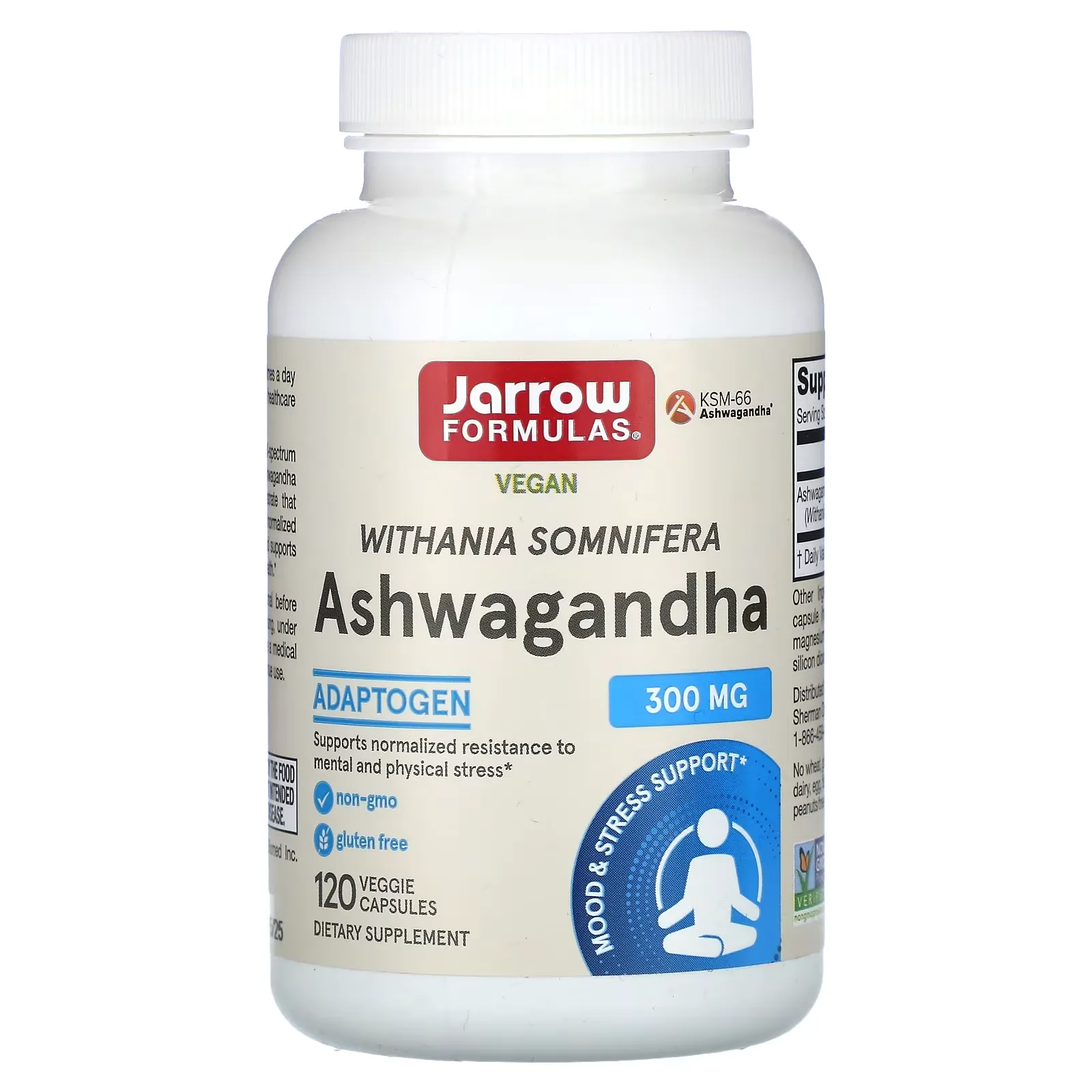
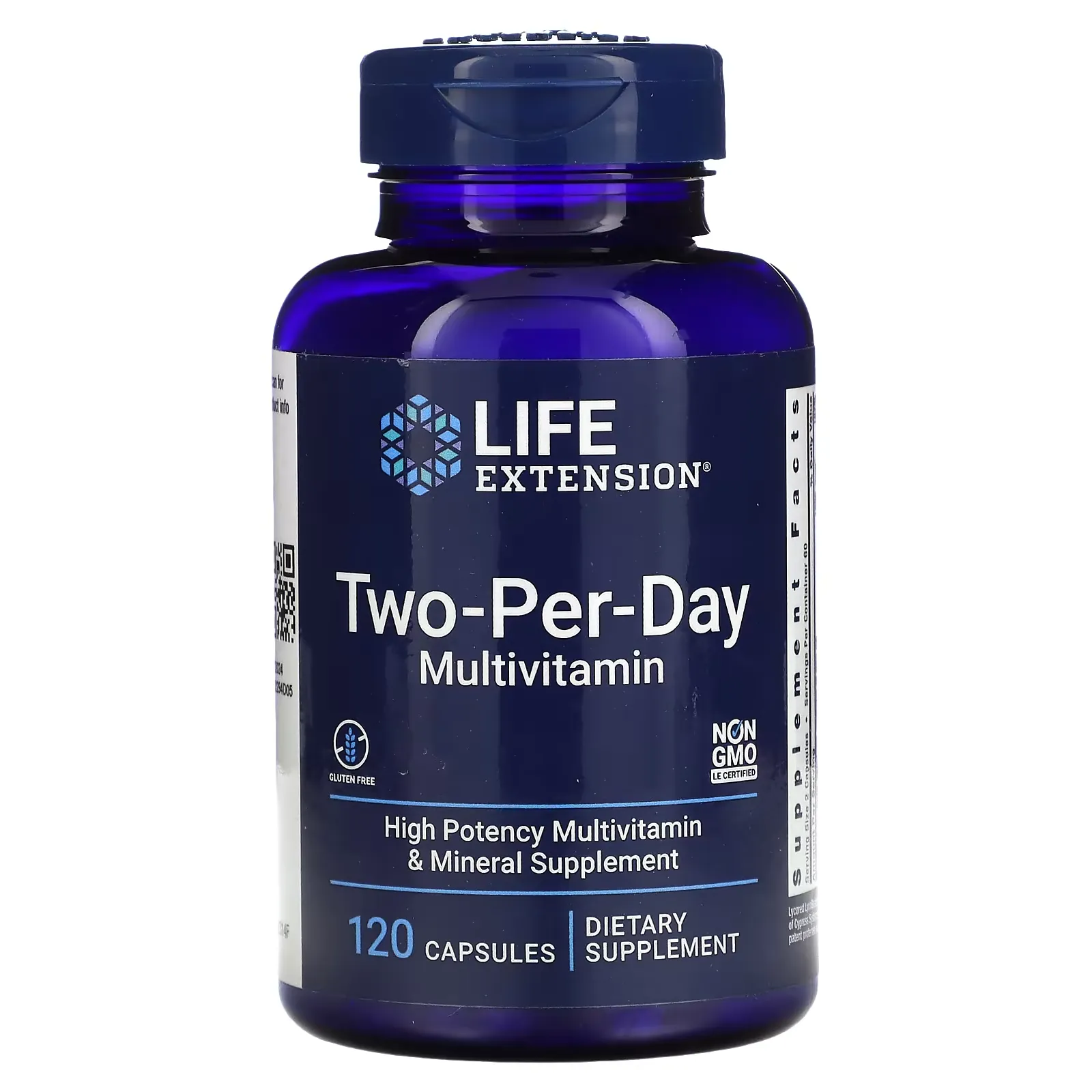

![[Anti-aging] Research shows that ashwagandha increased telomerase activity by 45% [Anti-aging]](https://ashwagandha-lab.biz/wp-content/uploads/2021/05/Anti-aging-Research-shows-that-ashwagandha-increased-telomerase-activity-by-45-Anti-aging-300x169.webp)